Blog
Welcome to our blog. Here, you’ll find helpful articles, tips, and fun facts about how to better protect your home and your family. We hope you enjoy your stay.
Welcome to our blog. Here, you’ll find helpful articles, tips, and fun facts about how to better protect your home and your family. We hope you enjoy your stay.
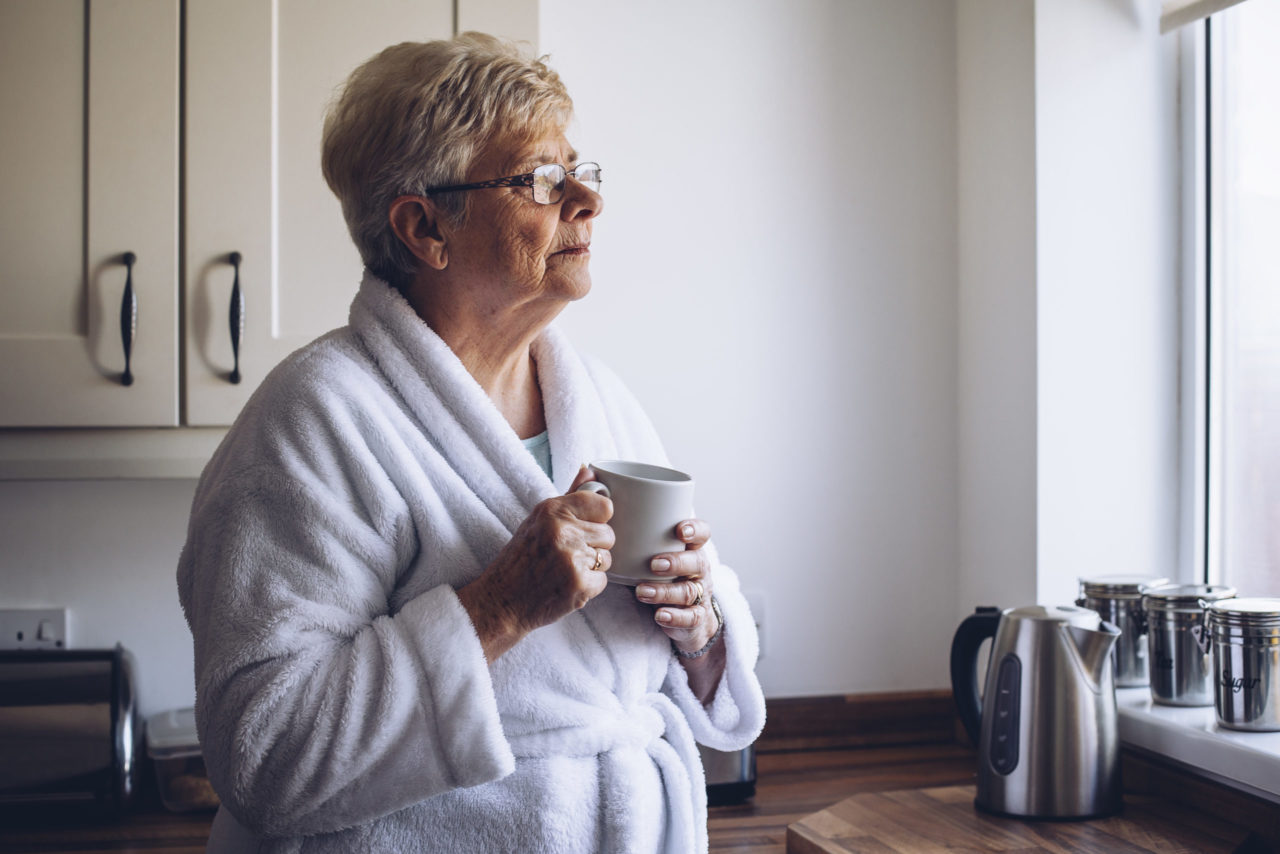
Living alone at any age, but especially as a senior, can be a somewhat frightening and anxiety-inducing experience. After all, most accidents happen in the home, so there’s that fear of having a fall down the stairs and being unable to call for help. Then there’s also the fear of home intrusion, as well as that sense of loneliness that can sometimes set in.
No matter how old you are, if you live alone, here’s some advice to help you feel at least a little bit safer and a little more relaxed on your own.
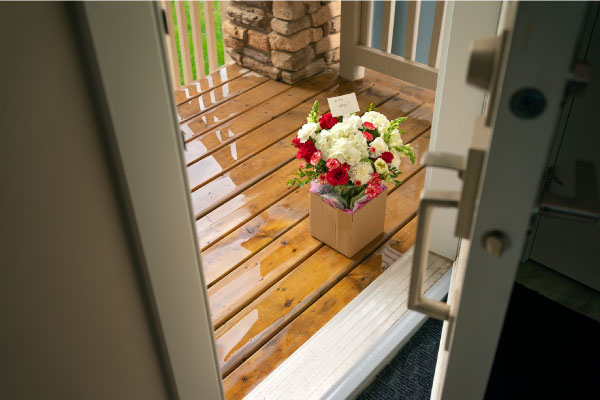
Gift giving, as wonderful as it is, can sometimes also cause a bit of a headache. And if the person you’re gifting is difficult to buy for, it can be a real struggle.
You can also find yourself facing a different kind of challenge – for example, you may be out of touch with what teenagers like to get these days. Or, you may find it difficult to find the right gifts for the senior members of your family.
In this post, we’ll look at seven gifts you should consider for your beloved seniors, from the simple and inexpensive to the indulgent and with a slightly higher price tag.
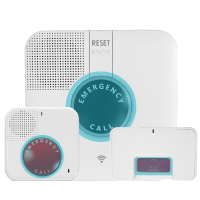
There’s plenty of stress that comes with aging, failing health, or simply living alone. Knowing that help will be reachable immediately in case of an accident or a sudden medical crisis can do a lot to ease that stress. Whether you’re looking to ensure the safety of yourself or a loved one, a reliable medical alert system can take a huge load off your mind.

Getting older is rarely considered fun. Sure, the experience and memories we amass may make up for the physical failings that assail all of us as the years pile on. Nonetheless, these physical limitations are what we tend to focus on.
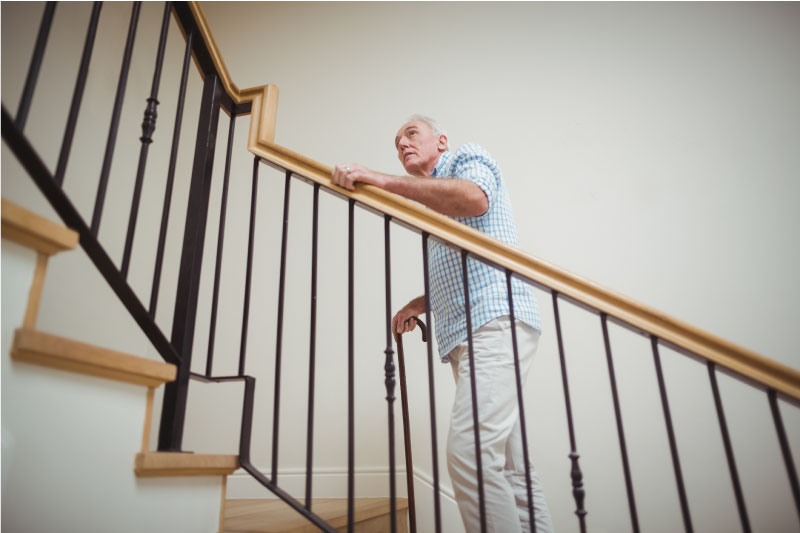
The mere phrase “medical alert system” has an ominous ring to it. It’s highly evocative of hospitals and illness, and it brings to mind all kinds of associations with disease and disability.
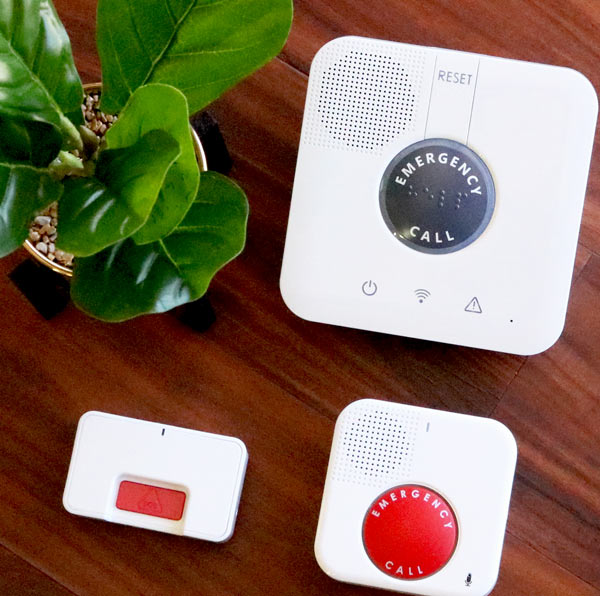
When a loved one is getting older, suffering from a serious health condition, or simply living alone, we tend to worry about them a fair bit. After all, you never know what might happen.
The same is true if we find ourselves in a similar situation and are worried about our health and well being. Will we be able to call for help should we need it?
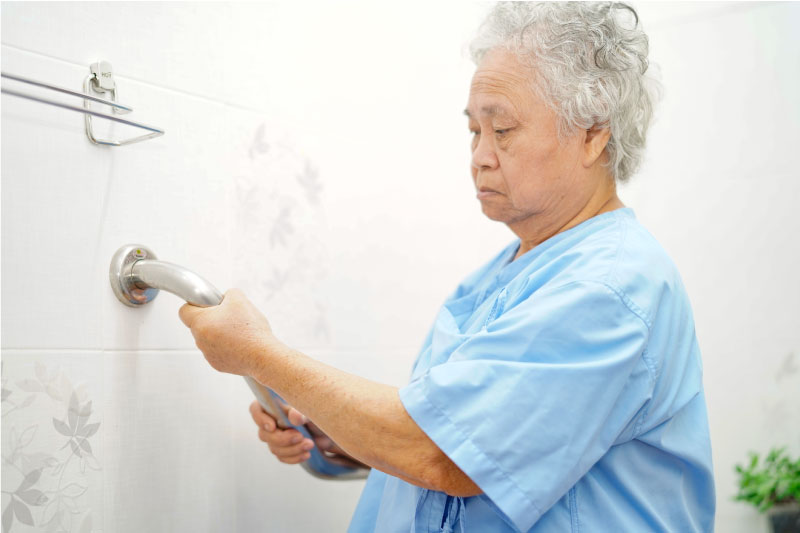
Difficulty with self-care is one of the main reasons seniors move out of their own homes and in with family members or to assisted living communities. Activities like bathing and using the toilet are quite personal, and it can be uncomfortable having to ask for help. Fortunately, there are a number of bathroom modifications that help older people manage these tasks safely and comfortably.

Hearing aids can help seniors with hearing loss stay healthier and happier, yet many are reluctant to wear them. Cost is often a factor, because Medicare doesn’t cover hearing aids. However, there’s also the perceived stigma associated with “looking old.”
But remember: if you need a hearing aid, you’re in good company! Famous people with hearing loss include:

Original Medicare plans (Parts A and B) don’t cover home medical alert systems, even though they appear to fall into the category of durable medical equipment, which is covered by Medicare. However, some Medicare Advantage (Part C) plans may include coverage for medical alert systems. There are other coverage options too. Veterans may get access to certain types of medical alerts through the VA. In some states, Medicaid may cover medical alerts through waiver programs designed to help people receive care in their homes.
If you need help paying for a home medical alert system, here are some options to consider.

The vast majority of seniors want to maintain their independence by aging in place in their own homes. However, we all undergo physical changes as we age. If you’re hoping to age in place safely and comfortably, then your home should change right along with you.
Many homes require a mix of structural renovations, enhanced safety features, and decor changes. There are also a number of “smart home” solutions that increase safety and peace of mind for seniors and their families.